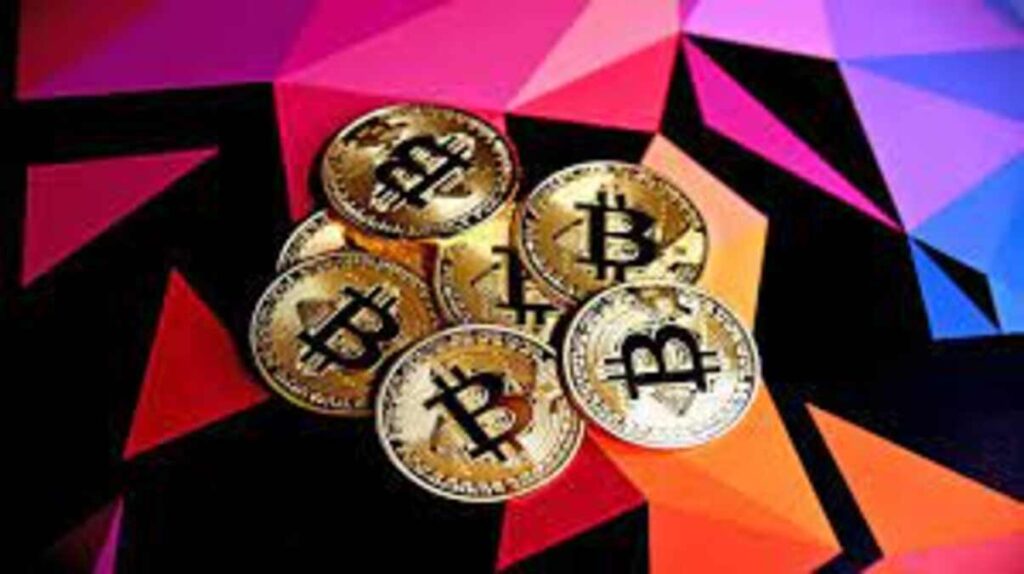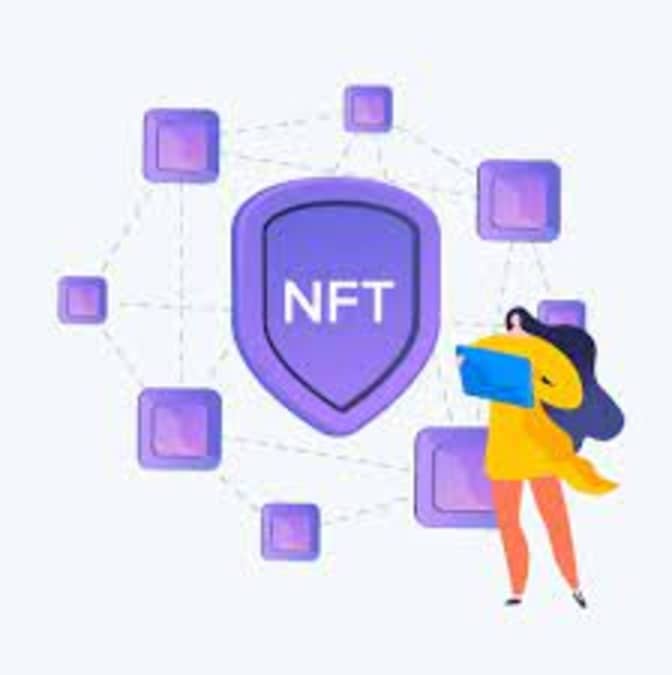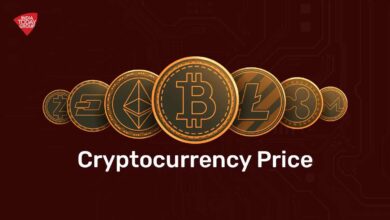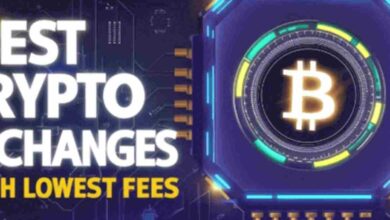Crypto nft meaning: The Best Powerful Comprehensive Guide

Crypto nft meaning in recent years, Non-Fungible Tokens (NFTs) have emerged as a revolutionary force in the digital landscape, particularly within the cryptocurrency realm. This article delves into the meaning of crypto NFTs, their significance, and then impact they are having on various sectors.
What are Crypto NFTs?
Crypto NFTs, or Non-Fungible Tokens, are unique digital assets verified using blockchain technology. NFTs are unique and then cannot be traded one-to-one like cryptocurrencies like Bitcoin or Ethereum, which are fungible and then can also be exchanged for one another. This uniqueness is what gives them their value and then distinguishes them from traditional cryptocurrencies.
NFTs can also represent a variety of digital goods, including artworks, music, videos, virtual real estate, and then even in-game items. Each NFT has a unique identifier that distinguishes it from any other token, allowing for the proof of ownership and then authenticity on the blockchain.
NFTs’ Importance in the Digital Economy

1. Empowering Creators
One of the most significant advantages of crypto NFTs is their ability to empower digital creators. Artists, musicians, and then content creators can also now monetize their work directly without relying on intermediaries. By selling their creations as NFTs, they can also establish a direct connection with their audience and then receive a larger share of the profits.
2. Revolutionizing Ownership
With NFTs, ownership is secured through blockchain technology, ensuring that each token is verifiable and then tamper-proof. This new form of ownership allows collectors to purchase, sell, and then trade digital assets in ways that were previously impossible.
3. Unlocking New Revenue Streams
NFTs create new revenue opportunities for various industries. For instance, gaming companies are incorporating NFTs to allow players to own in-game assets, which can also be bought, sold, or traded. This shift not only enhances the gaming experience but also opens up new financial avenues for both developers and then players.
How Do NFTs Work?
To understand the intricacies of NFTs, it’s crucial to grasp how they function on the blockchain. NFTs are produced using smart contracts, which are self-executing contracts with the conditions of the agreement explicitly put into code. These smart contracts define the ownership and then transferability of the NFT, allowing for seamless transactions.
Blockchain Technology
NFTs are primarily built on Ethereum, although other blockchains like Binance Smart Chain and then Solana are also gaining traction. The Ethereum blockchain uses the ERC-721 standard for NFTs, which ensures each token is unique and then cannot be replicated. This technology guarantees the authenticity of NFTs, providing a secure environment for buyers and then sellers alike.
Minting NFTs
When a creator mints an NFT, they upload their digital asset to the blockchain, where it is assigned a unique identifier. This identifier serves as proof of ownership and then enables the asset to be traded in various marketplaces.
NFT Marketplaces: Where to Buy and Sell
As the popularity of NFTs has surged, numerous marketplaces have emerged to facilitate the buying and then selling of these unique digital assets.
1. OpenSea
OpenSea is one of the largest NFT marketplaces, offering a diverse range of assets from digital art to virtual real estate. Users can also browse, buy, and then sell NFTs with ease, making it a popular choice for both collectors and then creators.
2. Rarible
Rarible is a community-driven NFT marketplace that allows users to create and trade NFTs. It has a unique governance model, allowing RARI token holders to participate in decision-making processes regarding the platform.
3. Foundation
Foundation focuses on digital art and then aims to provide a platform for artists to showcase and then sell their work. It operates on an invite-only basis, ensuring that only high-quality projects are featured.
Challenges Facing the NFT Market

NFTs are becoming more and then more common, but not without difficulties.
1. Environmental Concerns
The environmental impact of blockchain technology has been a topic of concern, particularly with Ethereum’s proof-of-work model, which requires significant energy consumption. However, efforts are underway to transition to more eco-friendly solutions, such as Ethereum 2.0, which will utilize a proof-of-stake model.
2. Market Volatility
The NFT market has a reputation for being extremely volatile, with sharp price swings. The lack of certainty may put off prospective investors and then buyers. Education and then transparency within the market will be essential in mitigating these concerns.
3. Legal and Copyright Issues
As NFTs continue to gain traction, legal issues surrounding copyright and then ownership rights are becoming increasingly relevant. It is vital for creators to understand their rights and then for buyers to ensure they are purchasing authentic and then properly licensed NFTs.
The Future of Crypto NFTs
The future of crypto NFTs is bright, with innovations and then applications continuing to emerge across various industries. From the art world to gaming, the potential for NFTs is vast. We are likely to see increased integration of NFTs in sectors such as music, fashion, and then even real estate.
1. Integration with Virtual Reality
As virtual reality technology evolves, NFTs may become integral to virtual worlds. Users could own and then trade virtual assets within immersive environments, creating new opportunities for social interaction and then commerce.
2. Expanding Use Cases
NFTs are also expected to expand into areas like event ticketing and then loyalty programs. By using NFTs for ticketing, event organizers can also combat fraud and provide a seamless experience for attendees.
3. Decentralized Finance (DeFi)
The intersection of NFTs and then DeFi is another exciting development. By leveraging NFTs as collateral for loans or integrating them into financial products, we can also expect new ways to utilize these assets within the financial ecosystem.
Conclusion
In conclusion, crypto NFTs represent a transformative shift in the digital economy. With their ability to empower creators, revolutionize ownership, and then unlock new revenue streams, NFTs are redefining how we perceive and then interact with digital assets. As the market continues to mature and then overcome its challenges, the potential for innovation and then growth in the NFT space is limitless.
Read more: Achieving Lasting Wealth





